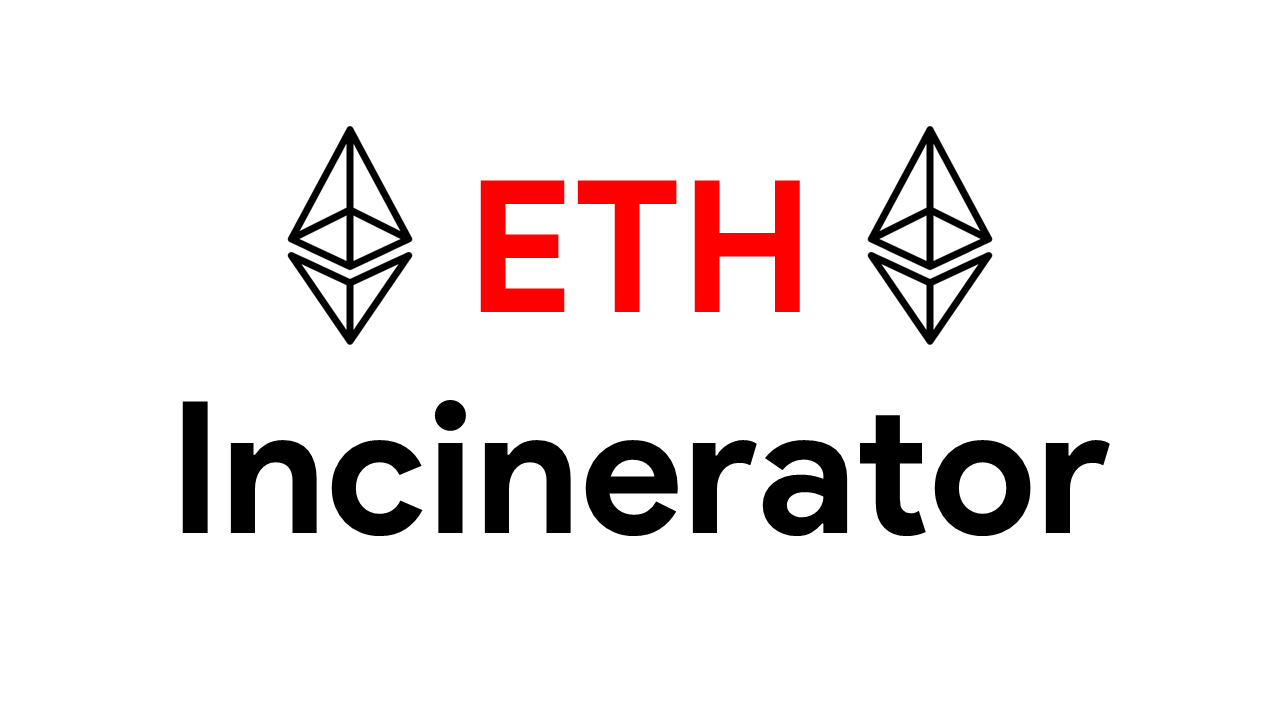Ethereum’s economic health depends on a careful balance between token creation and removal (ETH Incinerator). In traditional finance, central banks may adjust money supply to influence inflation and stability; in the crypto world, “burning” tokens serves a similar purpose.
Token burning means sending coins to an address or mechanism from which they can never return, effectively reducing supply and increasing scarcity over time.
By making digital assets harder to obtain, burning can help preserve value and align incentives across a network of users and developers.
Ethereum, the world’s second-largest blockchain by market capitalization, has embraced burning at both protocol and user levels, creating what enthusiasts call the “ETH incinerator”.
This article explains what an ETH incinerator is, why burning matters, how Ethereum’s built-in and external burning mechanisms work, and which tools and dashboards you can use to participate and monitor the process.
Table Of Contents 👉
What Is the ETH Incinerator?

The term “ETH Incinerator” refers to any mechanism that permanently removes Ether from circulation, effectively acting like a crypto “burner.”
- Base-fee burn (EIP-1559): Every transaction includes a protocol-defined base fee, which is sent to an irretrievable address and destroyed.
- Dead address burn: Users can send ETH to addresses with no private key (e.g. 0x000…0000 or 0x000…dEaD) to lock it forever.
- Self-destruct contract burn: Deploying a contract that immediately calls SELFDESTRUCT, sending its balance to itself, then deletes its own code used by tools like Burn.Fish.
Relevant Posts You May Like
Why Incinerate Ether?
- Scarcity & Value: Fewer tokens in circulation can drive value up, as basic supply-and-demand economics suggest.
- Predictable Fees: EIP-1559’s burn mechanism makes transaction costs more stable and transparent.
- Deflationary Pressure: Regular burning creates downward pressure on supply growth, edging Ethereum toward “ultra-sound” monetary properties.
How Incinerating Ethereum Works?
Base-Fee Incinerate (EIP-1559)
Under EIP-1559, every block has a base fee determined by how full the previous blocks were.
When congestion rises, the base fee auto-increases by up to 12.5 percent per block; when it falls, the base fee decreases by the same limit.
That base fee is removed from the network entirely, sent to an unspendable “burn pool” address and destroyed.
Dead-Address Burn
Anyone can send ETH to an address that has no known private key, such as the classic zero address (0x000…0000) or the more popular burn address (0x000…dEaD).
Because no one controls those keys, any ether sent there is effectively locked away forever.
Self-Destruct Contract Incinerate
A more sophisticated approach is to deploy a minimal smart contract that immediately calls the SELFDESTRUCT opcode, sending its entire balance to itself before deleting its own code.
The result is that both the contract and its funds vanish from the blockchain’s state. Tools like Burn.Fish provides a wallet-connected interface that automates this process in one click.
ETH Incinerator Tools And Trackers
On-chain data platforms let you monitor burn activity in real time. Ultrasound.money shows cumulative ETH burned and issued, updated every few minutes.
Beaconcha.in offers a dedicated burn dashboard alongside validator and staking stats.
For custom analysis, Dune Analytics hosts community-built dashboards that visualize burn versus issuance over time.
To perform a burn yourself, Burn.Fish stands out for its simplicity: connect your wallet, specify an amount, and confirm the transaction to deploy and self-destruct the contract.
| Tool | Purpose | Link |
|---|---|---|
| Ultrasound.money | Real-time EIP-1559 burn & issuance stats | ultrasound.money (Ultra Sound Money) |
| Beaconcha.in | Blockchain explorer with burn dashboard | beaconcha.in/burn (beaconcha.in) |
| Dune Analytics | Customizable SQL dashboards (ETH burned) | dune.com/cembar/ETH-Burned (Dune) |
| Burn.Fish | Self-destruct contract burn UI | burn.fish (burn.fish) |
| Manual Send | Send to 0x…dead (requires wallet & gas) | ethereum.stackexchange.com (Ethereum Stack Exchange) |
Relevant Posts You May Like
Getting Started with Burning ETH
To participate in the ETH incinerator as a beginner:
- Choose your method: Decide whether you want to burn via base-fee (automatic with every transaction), dead-address send, or a self-destruct contract.
- Connect a wallet: Tools like Burn.Fish require a wallet such as MetaMask or WalletConnect to authorize transactions.
- Specify amount and confirm: Enter the desired ETH amount, review estimated gas fees, and approve the transaction.
- Monitor on a dashboard: Watch your contribution and overall network burn activity in real time on Ultrasound.money or Beaconcha.in.
Incinerating ETH is irreversible and costs gas, which may vary widely with network demand. Third-party services carry smart-contract risk, always verify code audits or stick to well-known platforms.
Sending to a burn address relies on the assumption that no one gains control of its private key, which, while extremely unlikely, cannot be proven by code alone.
Conclusion
The ETH incinerator comprises protocol-built burns via EIP-1559 and user-initiated burns through dead-address sends or self-destruct contracts.
These mechanisms work hand in hand to reduce supply, stabilize fees, and bring Ethereum closer to a deflationary, ultrasound monetary system.
Whether you’re a beginner eager to grasp the fundamentals or an experienced user exploring new info about the ETH incinerator, this article provides straightforward ways to participate in ether burning along with transparent, real-time tracking tools.
